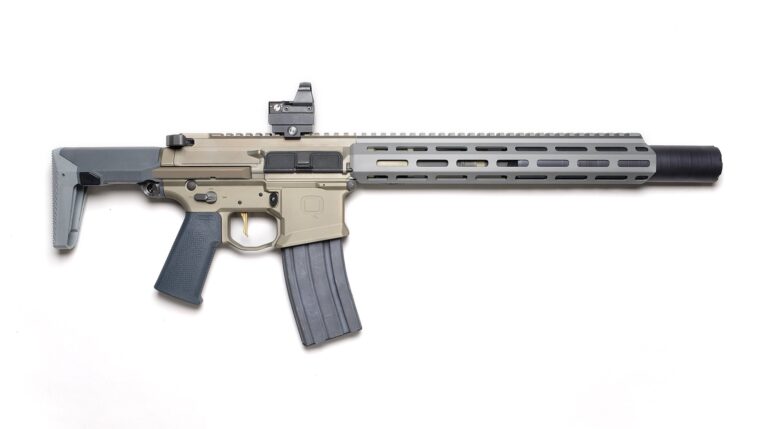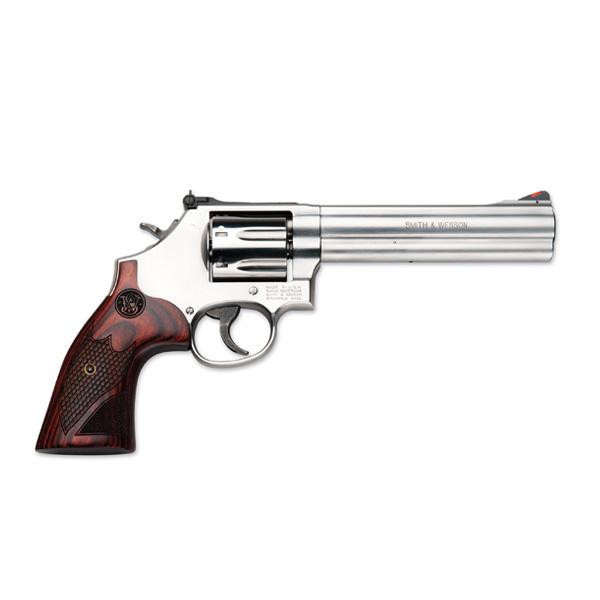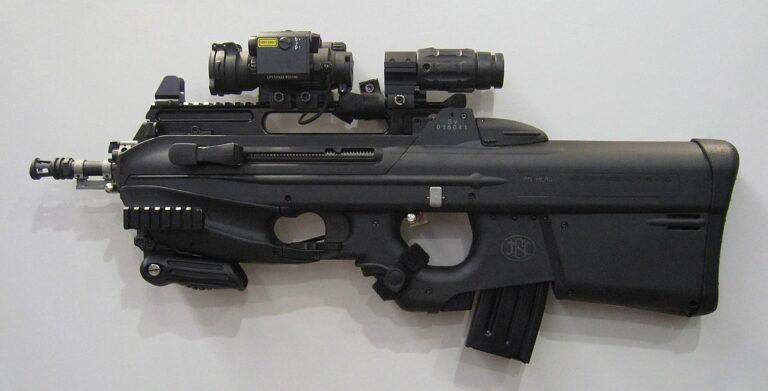Introduction
TheAK-47, or Avtomat Kalashnikova model 1947, is arguably the world’s most iconic assault rifle. Designed by Mikhail Kalashnikov, this rifle has become a benchmark weapon not only for Soviet armies and their allies, but also for numerous military forces, paramilitaries and armed groups. Renowned for its robustness, ease of use and reliability, the AK-47 has become a symbol of power and resistance in many parts of the world. More than 75 years after its creation, the AK-47 remains relevant, having influenced countless modern weapons.
This article examines the history of the AK-47, its technical specifications, performance, influence and impact in military and civilian contexts around the world.
History and design of the AK-47
The history of the AK-47 dates back to the years following the Second World War. Mikhail Kalashnikov, a young Soviet military engineer, designed the weapon to meet the need for a durable, easy-to-mass-produce assault rifle. The USSR wanted a weapon capable of firing in automatic mode, yet easy to maintain in the harshest conditions. The development of the AK-47 thus resulted in the creation of a reliable, easy-to-handle rifle capable of operating without intensive maintenance, even in harsh environments.
The AK-47 was officially adopted by the Soviet Army in 1949 and quickly became a mainstay of its arsenal. Its stamped steel construction, efficient extraction and ejection mechanism, and distinctive curved magazine were designed to optimize its robustness and resistance to fouling. Within a short space of time, the AK-47 was adopted by many of the USSR’s allies, becoming the weapon of choice in conflicts around the world.
AK-47 technical specifications
The AK-47 is known for its 7.62 × 39 mm caliber, an ammunition offering a good balance between stopping power and control. This caliber can penetrate various types of cover, while ensuring a relatively stable trajectory over medium firing distances.
–Caliber: 7.62 × 39 mm
–Operating system: Direct gas, rotary lock
–Barrel length: 415 mm
–Firing rate: Approx. 600 shots per minute
–Effective range: 300 meters (although the weapon can fire up to 800 meters)
Magazine capacity: 30 standard cartridges (40-cartridge magazines and 75-cartridge drums available)
–Weight: 4.3 kg with full charger
–Material: Stamped steel frame, wooden or polymer handle (for modern variants)
The AK-47’s gas-operated system uses a piston to expel gas forward, ensuring good recoil control and an efficient rate of fire in automatic mode. This system also contributes to the AK-47’s ability to resist fouling, making it an effective rifle in dusty, muddy or damp environments.
Durability and Reliability
One of the most striking aspects of the AK-47 is its reliability in extreme conditions. Designed to operate in all climatic and environmental conditions, the AK-47 is renowned for its ability to fire even after exposure to dust, mud, water and even sand. Its simple, robust mechanism means minimal maintenance, and its stamped steel structure makes it resistant to impact and intense combat conditions.
The AK-47’s low number of moving parts reduces the risk of jamming, and its ability to continue firing without regular cleaning makes it the weapon of choice for armies operating in austere conditions. This durability is one of the reasons why the AK-47 has gained worldwide popularity.
Ergonomics and ease of use
The AK-47’s ergonomics are designed to be intuitive, even for novice shooters. The wooden pistol grip (or polymer in modern versions) ensures a firm hold, while the straight stock stabilizes the weapon during firing. The curved magazine is easy to insert, and the cocking lever is simple to operate. The simplicity of its construction enables rapid disassembly, an undeniable advantage on the battlefield.
The sights are basic, but effective for short- and medium-range engagements. The rear sight adjustment offers graduations up to 800 meters, although the AK-47’s optimum accuracy lies at distances of around 300 meters.
AK-47 variants
The success of the AK-47 has led to the creation of numerous variants, adapted to the specific needs of different countries and armies. Here are some of the most notable:
1. AKM: Modernized version of the AK-47 introduced in the 1950s, made from stamped steel to reduce weight and simplify production.
2. AKMS: Equipped with a folding stock, the AKMS is designed for airborne troops and units requiring a more compact weapon.
3. Type 56: Chinese version of the AK-47, widely produced to equip the Chinese army and exported to many countries.
4. RPK: Light machine-gun version of the AK-47, with a longer barrel and bipod for greater stability.
5. AK-74 An evolution of the AK-47 using a 5.45 × 39 mm caliber for greater accuracy and reduced recoil.
6. AK-103 and AK-104: Modernized versions of the AK-47 using polymer materials and rails for tactical accessories.
The Global and Symbolic Impact of the AK-47
The AK-47 has become a symbol of resistance and revolution in many countries. Used by the armed forces of over 50 nations, it is also the assault rifle of choice for many guerrilla groups and liberation movements. Its relatively low production cost and ready availability have made the AK-47 a ubiquitous weapon in conflicts around the world.
The rifle has become a symbol of independence for many groups, particularly in Africa and the Middle East. Socially, the AK-47 has left its mark on popular culture, and is often seen as a symbol of power and resistance.
Tactical advantages of the AK-47
1. Simplicity of design: The AK-47’s design makes it easy to handle, even for users without advanced military training.
2. Rugged and resistant: the AK-47 performs effectively in extreme environments, from arid deserts to humid jungles.
3. Firepower: The 7.62 mm caliber ensures high stopping power and penetration, even through light cover.
4. Ease of maintenance: The rifle can be disassembled quickly and easily, making it an ideal choice for soldiers operating in difficult combat conditions.
5. Cost and availability: The AK-47 is relatively inexpensive to produce, making it an affordable weapon for many nations and groups.
Comparison with other assault rifles
–M16: Although more accurate at long range, the M16 is often considered more sensitive to harsh environmental conditions. The AK-47 is more reliable in dusty, damp environments.
–FN FAL: Used by several NATO countries, the FN FAL offers similar firepower, but is heavier and less maneuverable in confined spaces.
–Heckler & Koch G3: Renowned for its precision, the G3 is more complex and requires more regular maintenance, while the AK-47 continues to operate without intensive care.
Conclusion
The AK-47 is much more than just an assault rifle. As a
As a widely used combat weapon, it embodies simplicity, ruggedness and efficiency. Designed to withstand the harshest environments and to operate without intensive maintenance, it remains a preferred choice for many military, guerrilla and civilian shooters around the world. The AK-47 has left its mark on the history of modern conflict and remains, even today, a symbol of power and resilience.









